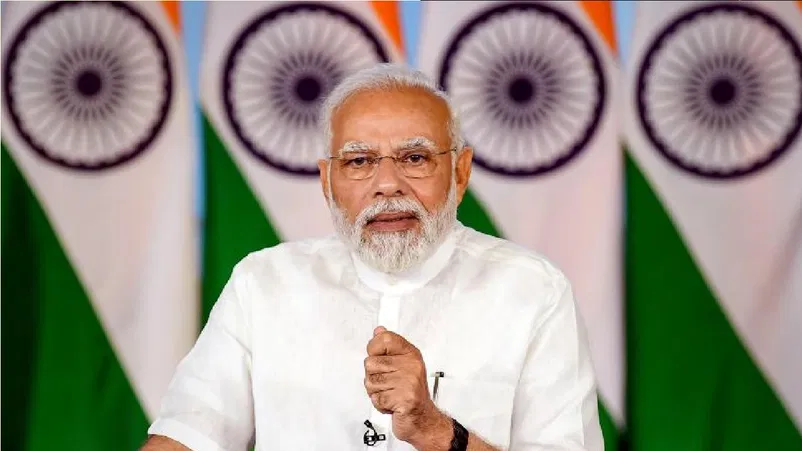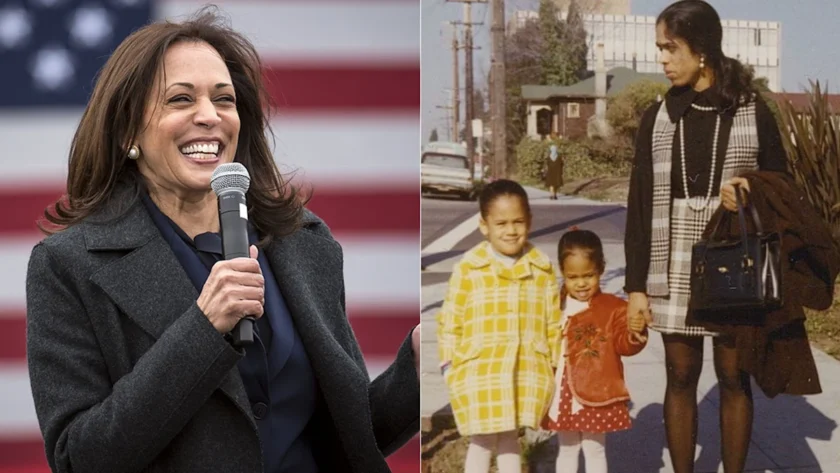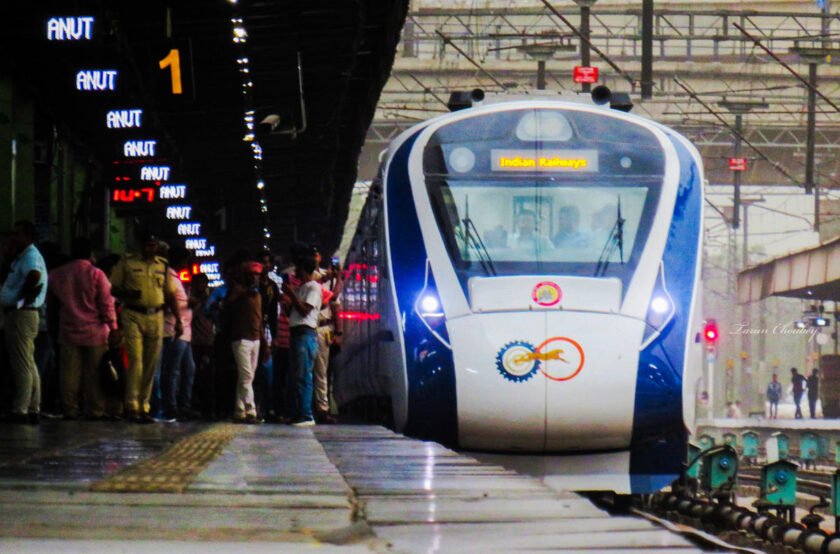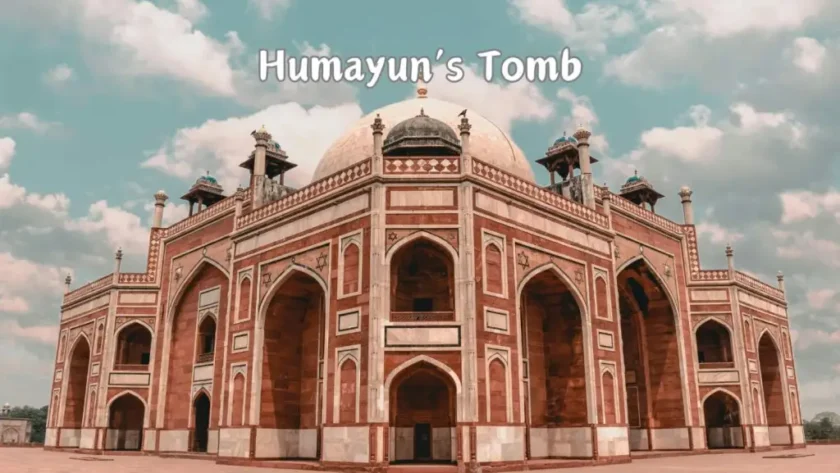New Delhi: A day ahead of the Election Commission announcement of the seven-phase schedule for Lok Sabha elections, Navneet Sehgal, a retired IAS officer of the 1988 batch from the Uttar Pradesh cadre, was appointed as the new Chairman of Prasar Bharati Corporation.
The position was vacant for about two years and was earlier manned by a non-IAS. Noted author A Surya Prakash earlier served as the Prasar Bharati Chairman. Sehgal’s appointment would count as among the last that the current government executed in its second term before EC announcement.
Three days after Sehgal was on board, a retired foreign service official and former US ambassador, Taranjeet Singh Sandhu, joined the BJP in the national capital. He is due to get a ticket to contest LS elections. More babus might seek greener pastures in the saffron fold as the party finalises its full candidate list for LS elections.
PM’s Faith
What explains Prime Minister Narendra Modi’s enduring love for the civil servants?
When the Modi cabinet met for one last time earlier this week, it had more than a fair share of former bureaucrats in attendance.
This included former foreign secretary Subrahmanyam Jaishankar, a 1977 batch IFS officer, and Hardeep Singh Puri, a 1974 batch IFS officer. From the IAS fraternity, there were four ministers: R K Singh, Arjun Singh Meghwal and Som Parkash. Ashwini Vaishnaw, a 1994 IAS officer, adds to the list.
Between these six top ex-civil servants, they manage today some of the most meaty economic and political portfolios in the Union cabinet.
The B-Factor
Asked to decode the B-Factor (bureaucracy) in the Modi government, Vaishnaw, who runs three very important Union Government portfolios, told News9 Global Summit on February 26 that it was the M-Factor, meaning the Modi magic that yielded the governance dividend. He, however, did admit that the equation had helped further the trust between the bureaucracy and the government.
It might be pertinent to recall that at the swearing-in-ceremony in 2019, Jaishankar was asked to take oath as cabinet minister ahead of party veterans, including Piyush Goyal. Puri, his service mate, made it to the Cabinet even after he lost his maiden election.
Love for bureaucracy was evident even in Modi’s first term when he picked K.J Alphons, a former IAS officer and made him MoS for culture and tourism while Satya Pal Singh, a former IPS officer, was made MoS for human resource and development (HRD).
Modi stormed to power riding high on his track record as the turnaround Chief Executive basis his much talked about Gujarat model. This didn’t exactly set him on a collision course with the capital bureaucracy but the two were seen to begin with a sense of divergence. But Modi was quick to spot the opportunity and draw bureaucracy on his side. He had done that to an extent in Gujarat as well but New Delhi had a legacy of its own.
Lutyens’s Bureaucracy
The Lutyens’s bureaucracy saw early on in Modi someone who was out there to execute his vision and would not brook any interference leave alone blockage.
Almost mid-way in his first term, Modi did talk about lateral talent entry from the private sector. But the idea fizzled out even before it could take off.
And wherever there was an exception, the babu came back to occupy the seat of power. Take for instance, Prasar Bharti, where, for the first time a non-IAS in Shashi Shekhar Vempati (a career technocrat) was brought in to be the chief executive. On completion of his term, the role went back to a bureaucrat. A 1995-batch officer of Chhattisgarh cadre, Gaurav Dwivedi, took charge as the CEO of the Corporation for a five-year term in November 2022.
Evergreen Babus
Modi has continued to invest faith in the bureaucracy aligning his key projects with select bureaucrats outside of the government as well. Take for instance Amitabh Kant, who was appointed India’s G20 Sherpa replacing Minister of Commerce and Industry Piyush Goyal. Kant earlier served as CEO, Niti Aayog after superannuating from the Ministry of Industry and Commerce as its secretary. There is widespread speculation that he is likely to get a key role if Modi comes back to government for his third term.
Nripendra Mishra, aged about 80, and among India’s senior-most bureaucrats (1967 batch), continues to have meaty roles. After serving as principal secretary to the Prime Minister, he took charge of the most important political project for the Modi government, the construction of the Ram Mandir in Ayodhya. He has also helmed the Prime Minister’s Museum, which has just unveiled the Modi gallery. His son, Shravasti, has just got a ticket from BJP in UP.
NK Singh, a 1964 batch IAS officer, is another case in point. He served until recently as the chairman of the 15th Finance Commission and was appointed as part of the G20 expert group on reform of multilateral development banks.
Lawrence Summers and N K Singh, co-conveners of the G20 expert group on strengthening MDBs, shared their views on the importance of reforms of the global development banks late last year.
Modi’s Babu love is omnipresent
Take this strategic appointment. He is not part of the Cabinet but his shadow looms large at the cusp of internal and external security. Meet Ajit Doval, the go-to man for the Prime Minister in peace and conflict times. Doval, a Kerala cadre IPS officer, and a couple of months older to Mishra, has been the National Security Advisor in Modi government since 2014.
While it is a matter of time, given the durability and the winning combination, Prime Minister in his likely third term might only expand the red carpet for retired babus in his government rather than roll it back an inch.
Simply because he sees in them the capability to deliver on his agenda. Safe to say bureaucracy is now very much a part of the Modi parivar.




